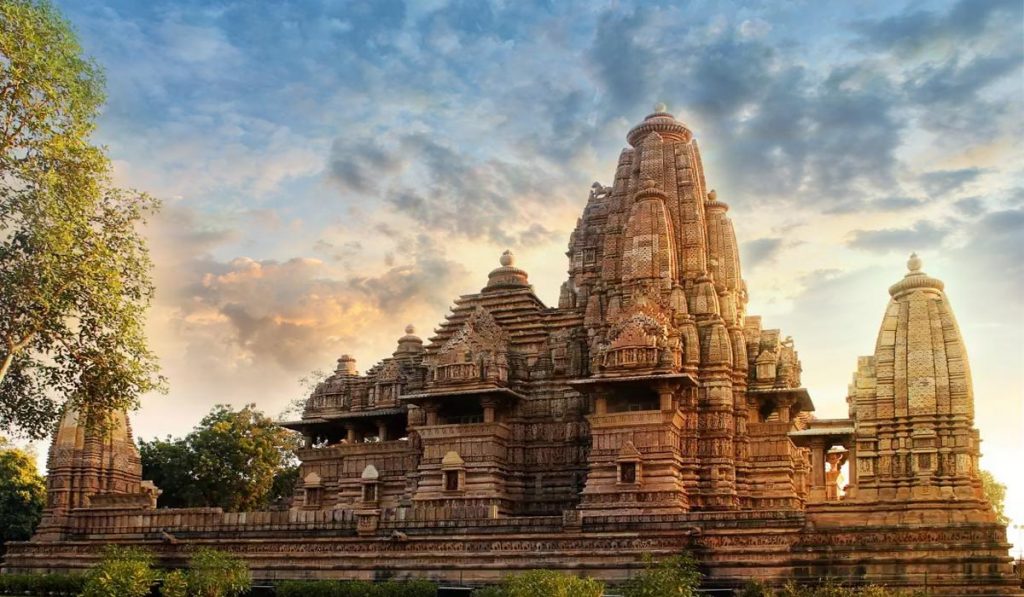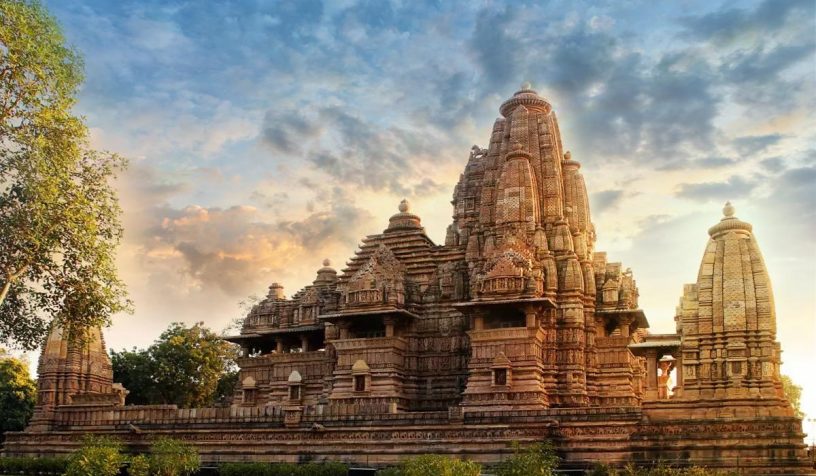
Astrotourism can encompass exploration of historic monument ensembles and night-time storytelling, say the authors.
Authors
Neha Khetrapal, Assistant Professor, Jindal Institute of Behvaioural Sciences, O.P. Jindal Global University, Sonipat, Haryana, India.
Divya Bhatia, Assistant Professor, Jindal School of Psychology and Counselling & Jindal Institute of Behavioural Sciences, O.P. Jindal Global University, Sonipat, Haryana, India.
Summary
The night skies have traditionally offered a means of navigation, symbolized the gods, and inspired architecture and creative planning. With the advent of urbanization and the consequent increase in artificial light at night (ALAN), humans have severed their connection with the skies.
Some suggest that “astrotourism” may serve as a viable means of re-establishing this relationship. While astrotourism is usually used for referring to activities that revolve around stargazing with “aided” or “naked” eyes, we highlight that there is scope to include exploration of historic monument ensembles and night-time storytelling as a part of astrotourism.
Focusing on Khajuraho, we further underscore that ALAN should be replaced with intelligent night lighting strategies to maximize the night-time travel experience for those who take inspiration from the dark skies to reconstruct the historical significance of heritage.
As we gradually revitalize our relations with the nocturnal environment, it is hoped that the night skies will infuse our social practices, creative imagination, and historical appreciation with a new vigour.
Published in: The Canadian Geographer
To read the full article, please click here.


